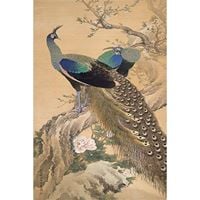The name of what fabric literally means 'caterpillar' in French?
Chenille may refer to either a type of yarn or fabric made from it. Chenille is the French word for caterpillar whose fur the yarn is supposed to resemble.
According to textile historians, chenille-type yarn is a recent invention, dating to the 18th century and believed to have originated in France. The original technique involved weaving a "leno" fabric and then cutting the fabric into strips to make the chenille yarn.
Alexander Buchanan, a foreman in a Paisley fabric mill, is credited with introducing chenille fabric to Scotland in the 1830s. Here he developed a way to weave fuzzy shawls. Tufts of coloured wool were woven together into a blanket that was then cut into strips. They were treated by heating rollers in order to create the frizz. This resulted in a very soft, fuzzy fabric named chenille. Another Paisley shawl manufacturer went on to further develop the technique. James Templeton and William Quigley worked to refine this process while working on imitation oriental rugs. The intricate patterns used to be difficult to reproduce by automation, but this technique solved that issue. These men patented the process but Quigley soon sold out his interest. Templeton then went on to open a successful carpet company that became a leading manufacturer throughout the 19th and 20th centuries.
More Info:
en.wikipedia.org








